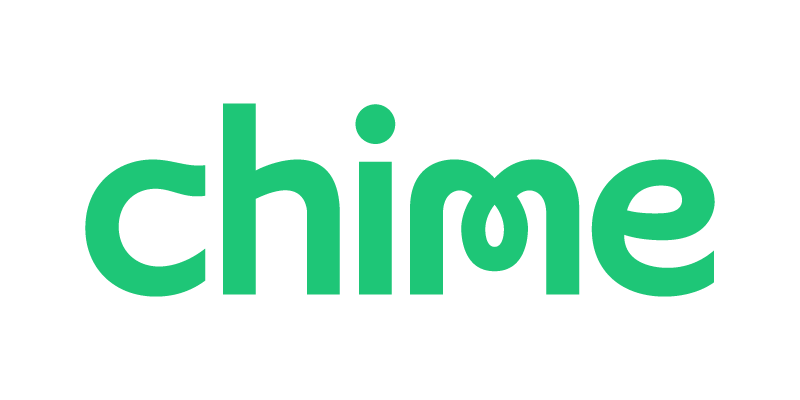Does Chase Use Third Party Platform To Send Money Between Chase Accounts
An ACH, or automated clearing house, transfer is one of the main ways to send or receive money online.
ACH transfers account for the online bill payments you make and the direct deposits you receive, along with other transfers. Here's a guide to how they work.
What is an ACH transfer?
An ACH transfer is the electronic movement of money between banks through the Automated Clearing House network.
ACH transfers include external funds transfers, person-to-person payments, bill payments and direct deposits from employers and government benefit programs. (Business-to-business payments are another one.) For sending money to friends and family, many transfer providers — including banks, Zelle and third-party apps like PayPal and Venmo — use the ACH network.
Types of ACH transfers
ACH transfers are processed in two ways, which vary in delivery speed and your cost:
-
ACH debit transactions involve money getting "pulled" from an account. When you set up a recurring bill payment, for example, the company you're paying can pull what it's owed from your account each month.
-
ACH credit transactions let you "push" money online to accounts at different banks, either accounts you own or friends' and family members' accounts.

Deposits are FDIC Insured
Chime Spending Account


Deposits are FDIC Insured
One Spend


LendingClub Rewards Checking

How long it takes
Delivery of ACH transfers can take several business days, meaning days that banks are open — typically not weekends or holidays. Unlike the real-time processing of wire transfers, ACH transfers are processed by a network operator in batches only seven times a day.
Financial institutions can choose to have ACH credits processed and delivered within the same day, or in one to two business days. In contrast, ACH debit transactions must be processed by the next business day. These timelines are based on rules from the National Automated Clearing House Association, or NACHA, the trade group that oversees the network. Upon receiving the money, a bank or credit union might also hold these transferred funds for a period of time, so the total delivery time varies.
NACHA rules ensure that banks can process payments the same day they're sent, but it's up to each bank whether it charges you for expediting a payment.
Track your money with NerdWallet
Skip the bank apps and see all your accounts in one place.

What it costs
ACH debit transfers, including payroll direct deposits and most bill payments, are typically free. If you need expedited bill payments, there can be fees.
For ACH credit transfers, banks might charge a fee of around $3 for sending money between accounts that you have at different banks, but many offer these so-called external funds transfers for free. There's usually no fee to receive them.
Person-to-person payments that you initiate through your bank or third-party apps, such as PayPal, can cost a small fee, depending on the platform and payment method.
Wire transfer vs. ACH transfer
Although ACH transfers cost a few bucks at most, sending a bank wire transfer within the U.S. tends to cost from $20 to $30, and there's usually a fee to receive one. The wire network, however, processes transactions in real time, so you can generally expect U.S. wire transfers to be delivered within hours, if not minutes. Because of its cost and speed, a wire transfer is best for large-sum and time-sensitive transfers, either in the U.S. or abroad.
Zelle: A nearly instant payment option
Zelle, available in many bank apps, lets you deliver money to friends and family members' bank accounts generally within minutes. You can also transfer between accounts you own at different banks. Zelle doesn't charge fees, but some banks might. Created by the bank-owned technology company Early Warning Services, the payment app works directly with hundreds of banks and credit unions. So while Zelle delivers money to recipients right away, the transfer is finalized later through normal ACH processing.
Restrictions on external funds transfers
Sending money via ACH between banks can be convenient, but there are some limitations, including:
-
Amount limits: You may have a daily and monthly cap on how much money you can move.
-
Cutoff times: After a certain hour, a transfer won't be processed until the next business day. If you send money on a Friday, for instance, processing might not start until the following Monday.
-
Fee for insufficient funds: If you don't have enough money in your account, your bank might charge you a fee and stop the transfer.
-
Not often available for international transfers: Your bank probably won't allow consumer ACH transfers to banks outside the U.S.
-
Transfer limits for savings accounts: Banks were previously required to limit the combined number of certain withdrawals and transfers from savings accounts to six per month. Although that is no longer the case, many banks will charge a fee for more than six transfers or withdrawals per month. (If you're sending over the limit, consider opening a second account. Compare NerdWallet's best savings accounts .)
ACH transfers can be a cheap way to move money, but if you're the one sending funds, check out your bank's policy first. This will help you avoid any fees, unexpected processing delays and potential limits so you can make the most out of this service.
Does Chase Use Third Party Platform To Send Money Between Chase Accounts
Source: https://www.nerdwallet.com/article/banking/ach-transfers
Posted by: jacksonwitimen.blogspot.com

0 Response to "Does Chase Use Third Party Platform To Send Money Between Chase Accounts"
Post a Comment